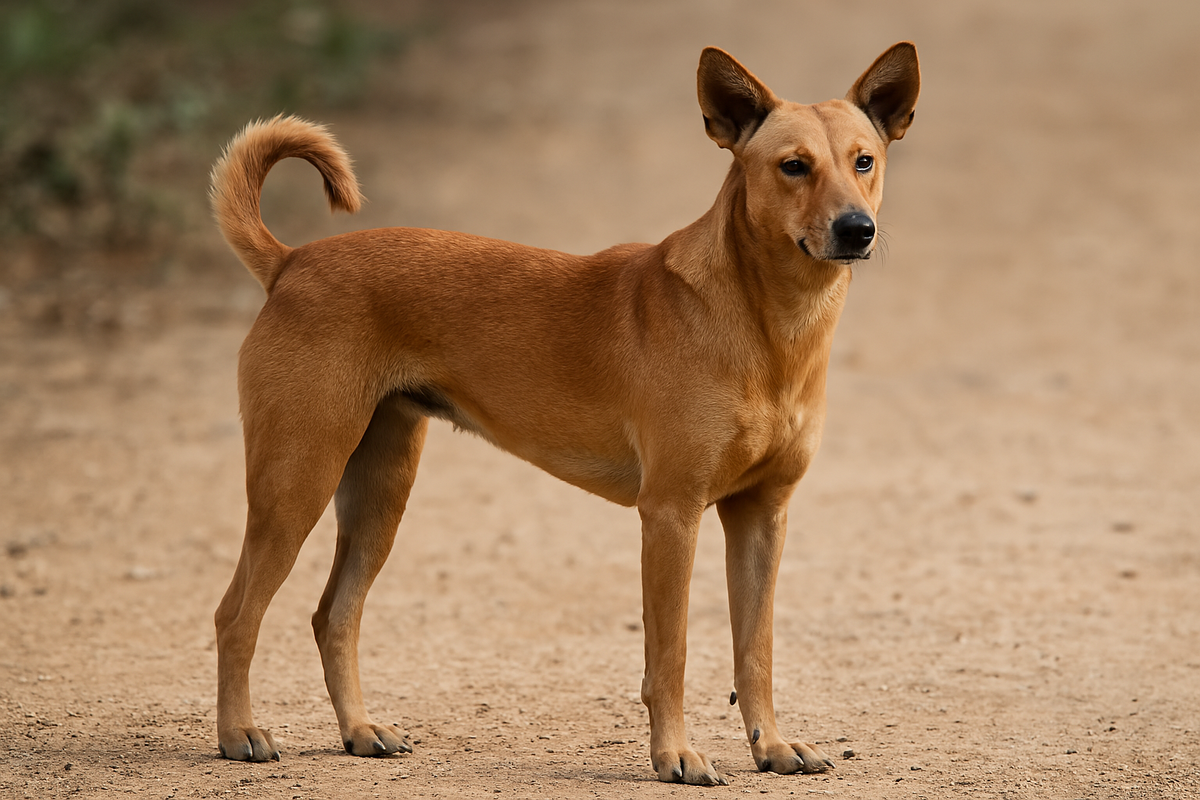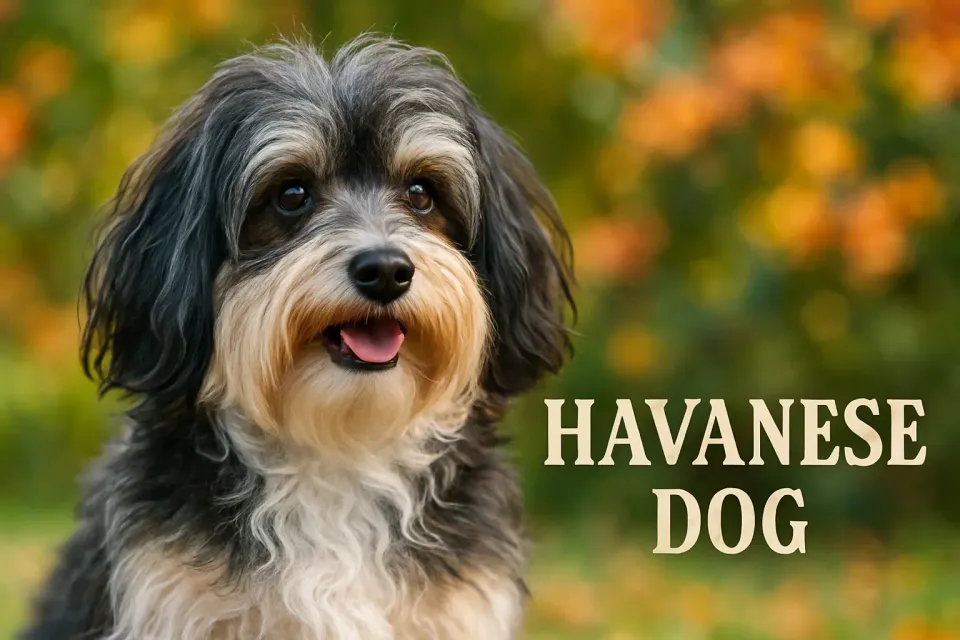Indian Pariah Dog – The Unsung Hero of Indian Streets 🐕

When we talk about Dog Breeds in India, one native breed often overlooked is the incredible Indian Pariah Dog. Also known as the Desi Dog, Indie Dog, or the Native Indian Dog, this breed is not only smart and loyal but also one of the oldest surviving dog breeds in the world! 🌍
🌟 Introduction to the Indian Pariah Dog
The Indian Pariah Dog is a landrace breed, meaning it has evolved naturally in its environment without selective breeding by humans. These dogs have survived thousands of years in harsh Indian climates and urban chaos. They are highly adaptable, extremely intelligent, and surprisingly low maintenance – perfect for Indian households! 🏠
📜 History and Origin
The Indian Pariah Dog is believed to be one of the world’s oldest dog breeds, dating back to prehistoric times. Archaeological findings suggest that these dogs were companions of early human settlements in the Indian subcontinent. Their close resemblance to Australian Dingoes and African Basenjis further supports their ancient origin. 🐾
🧠 Intelligence and Temperament
One of the standout traits of the Indian Pariah Dog is its exceptional intelligence. They are independent thinkers, quick learners, and extremely alert. This makes them excellent watchdogs. Unlike other breeds that may need constant training and attention, Pariahs are smart enough to understand commands with minimal instruction. 👏
Temperament-wise, they are loyal, affectionate with their family, and wary of strangers – a perfect combination for both companionship and security. They are also excellent with children, making them a great family pet. 👨👩👧👦
🧬 Physical Characteristics
- Size: Medium (18–25 inches tall)
- Weight: 15–30 kg
- Coat: Short, dense, and low maintenance
- Color: Varies – usually brown, tan, black, or a mix
- Ears: Erect and pointed
- Tail: Curved upwards
💪 Health and Lifespan
One of the biggest advantages of adopting an Indian Pariah Dog is its robust health. Since they are naturally evolved and not selectively bred, they have very few genetic disorders. They also have a longer lifespan than many foreign breeds, living up to 14–16 years with proper care. 🐶💓
🍲 Diet and Nutrition
Pariah Dogs are not fussy eaters. A balanced home-cooked diet, rich in protein, carbohydrates, and fiber is enough to keep them healthy. They can eat chicken, rice, eggs, and vegetables. Avoid processed dog food as their digestive systems are used to natural diets. 🥚🥦🍚
🏃 Exercise and Training
These dogs are highly energetic and need daily walks, playtime, and mental stimulation. A game of fetch or basic obedience training is enough to keep them active and happy. Since they’re naturally intelligent, training them is much easier than many imported breeds. 🎾🐕
🚿 Grooming Needs
Low maintenance is another big plus! Their short coat doesn’t shed excessively, and they require minimal grooming. A weekly brushing and an occasional bath are more than enough. 🧼🪮
🐾 Why Should You Adopt an Indian Pariah Dog?
Still wondering whether to bring home an Indian Pariah Dog? Here’s why you should:
- ✅ Extremely intelligent and loyal
- ✅ Naturally healthy and hardy
- ✅ Low grooming and food costs
- ✅ Great with families and kids
- ✅ Perfect for Indian climate
- ✅ You're giving a home to a deserving street dog 💛
🐕 Indian Pariah vs Foreign Breeds
Foreign dog breeds are often not suited for the Indian climate. They require expensive grooming, special food, and are prone to various diseases. On the other hand, Indian Pariah Dogs are the ultimate low-cost, low-maintenance, and high-love breed you could ever ask for. ❤️
🌍 Global Recognition and Awareness
While Indian Pariah Dogs are still underappreciated in their own country, animal lovers and rescue organizations abroad have begun recognizing their value. Many have been adopted internationally and are thriving in their new homes. It’s time we give them the love they deserve here in India too. 🇮🇳
📢 Final Thoughts
The Indian Pariah Dog is truly a hidden gem among the Dog Breeds in India. They are loving, intelligent, and strong – perfectly suited for Indian families. Instead of buying an expensive foreign breed, why not adopt a loyal Indian Pariah Dog and save a life while gaining a lifelong friend? 🐾🧡
Adopt, don’t shop. Let's give our desi dogs the respect, love, and home they deserve! 🙏🐕





